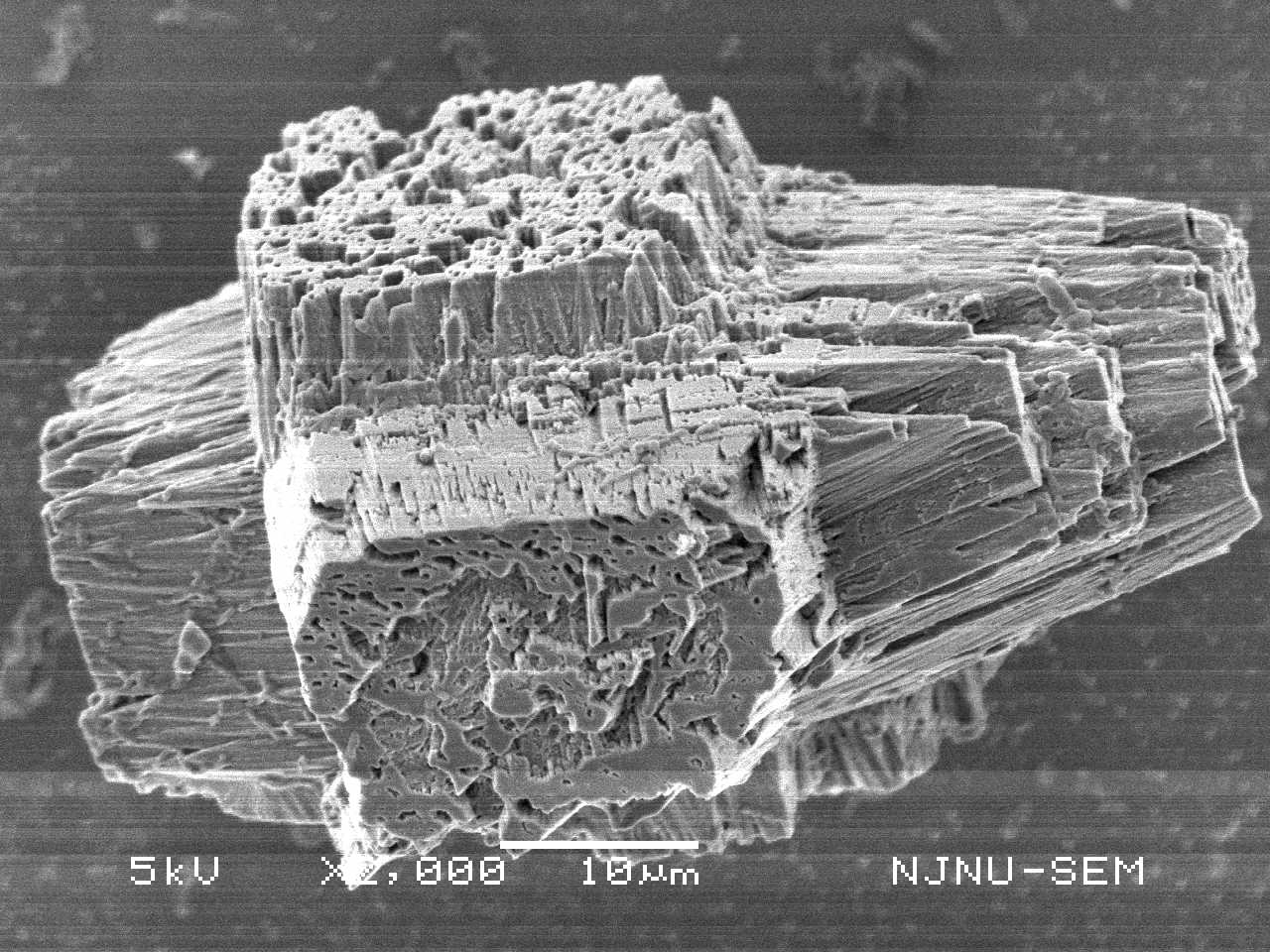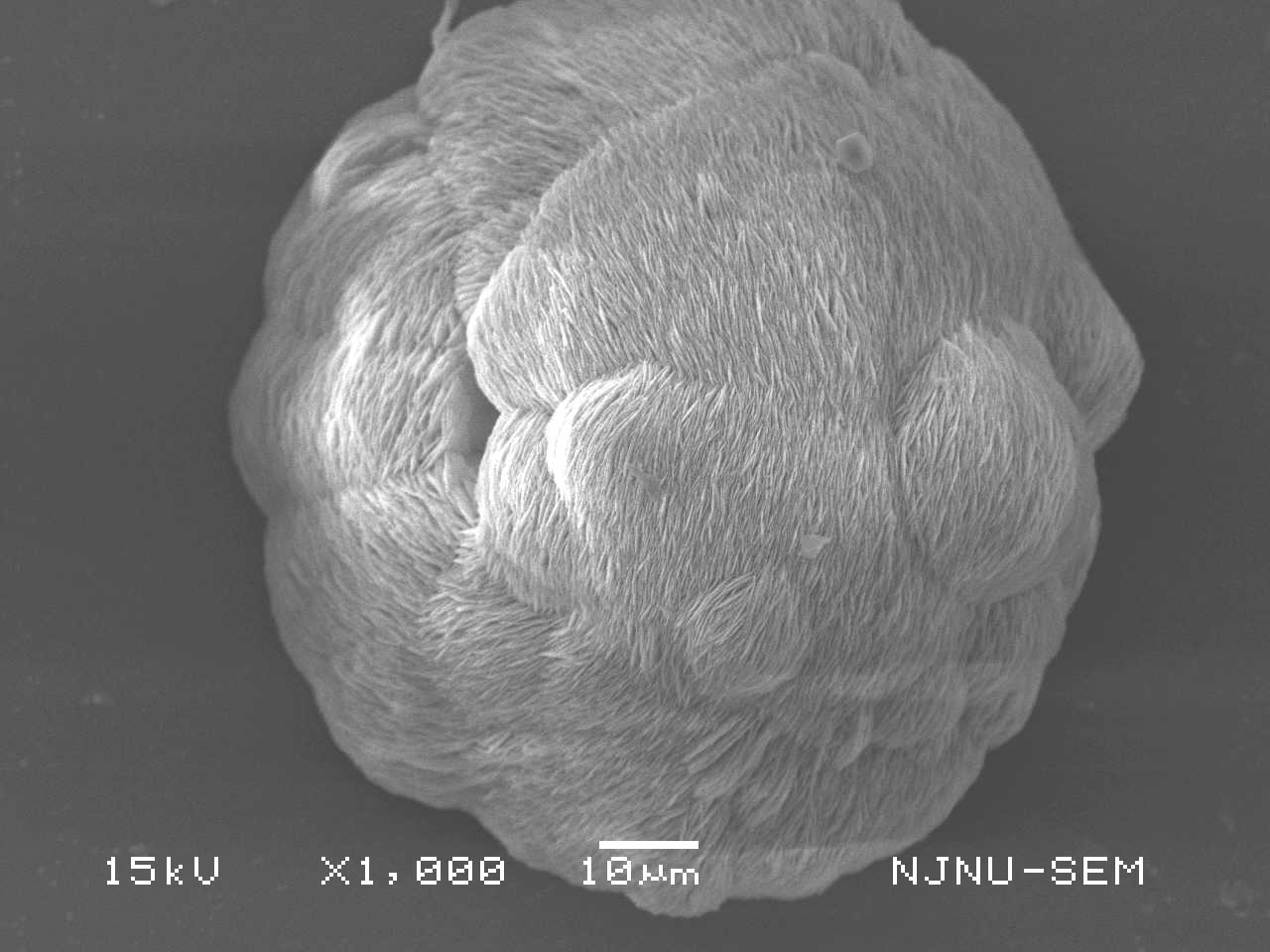 |
 |











| |
| |
|
Current research effort concentrates in the following three areas: The formation and destruction of natural crystalline materials through interactions in and with natural waters are of fundamental importance to a number of geological and environmental processes, such as weathering, evolution of water chemistry and quality, and nutrient distribution and cycling. Scientific problems and interests on this topic extend from global to industrial scales. For example, a coupling of aluminosilicate mineral dissolution and carbonate mineral crystallization regulates CO2 distribution in earth system throughout geological history and ensures our planet to be habitable. Scale formation in water heating/cooling systems and on filtration devises exemplifies the need to control unwanted mineral precipitation in daily lives. Our study in this area aims at providing baseline knowledge to understanding the behavior of earth materials in aqueous environments.
Separated by boundaries between conventional disciplines, inorganic solids, minerals in particular, and bio/organic chemistry do not often share common spectators. Yet, interactions between mineral crystals and bio/organic compounds are an intriguing topic to a great many scientists in a variety of fields ranging from physical to medical sciences. One of the main points of thrust in the wide spread interests is the need to understand the process of biomineralization, namely the formation of mineral components in biological systems. Knowledge derived herein has a potent potential to propel searches for novel materials and advance medical treatment to skeletal and dental damages. Another stimulating issue in play is the origin of bio-homochirality, or the uniform handedness in terrestrial life's building blocks (e.g. amino acids and sugars) in biomass. Understanding the cause and source of such homochirality may hold a key to unraveling the origin of life. We probe the crystallographic direction specificity of bio/organic molecules on crystals of relevant minerals to elucidate the mode of surface binding.
Microorganisms and microbial activities are ubiquitous on this planet and possibly in extraterrestrial systems as well. However, specific functions of individual microorganisms at or near earth surfaces are largely unknown thanks to the enormous quantity and vast variety of microbes present. Microbial effect on minerals in natural environments is an important topic of biogeochemistry and has gained wide spread interest in the past decade. It is now clear that the involvement of microbe and related biological activities is indispensable for the formation of certain minerals such as dolomite. In collaboration with microbiologists, we are investigating carbonate biomineralization and nutrient element release from aluminosilcate minerals mediated by soil bacteria and fungi. | |
|

|
Updated Jan, 2008. |  |
